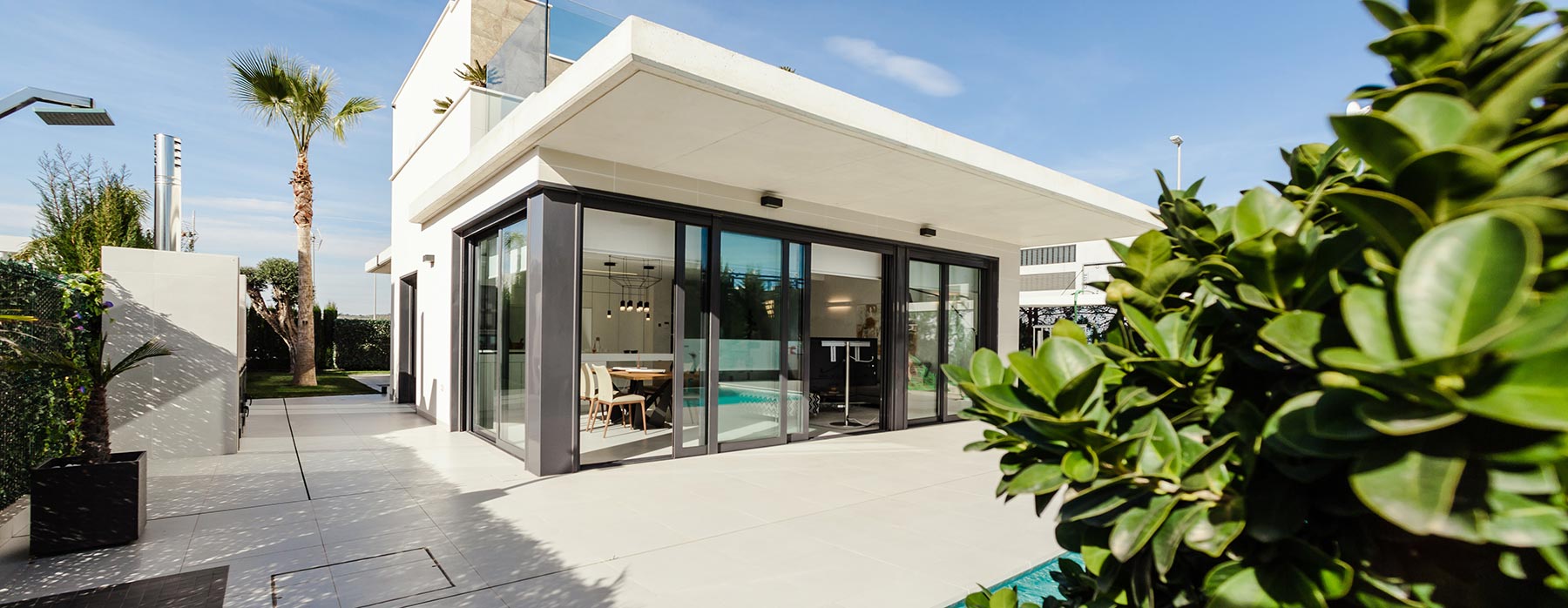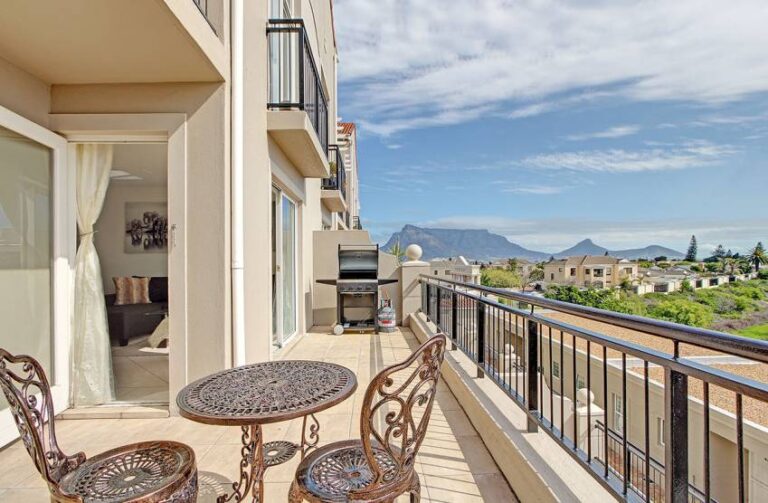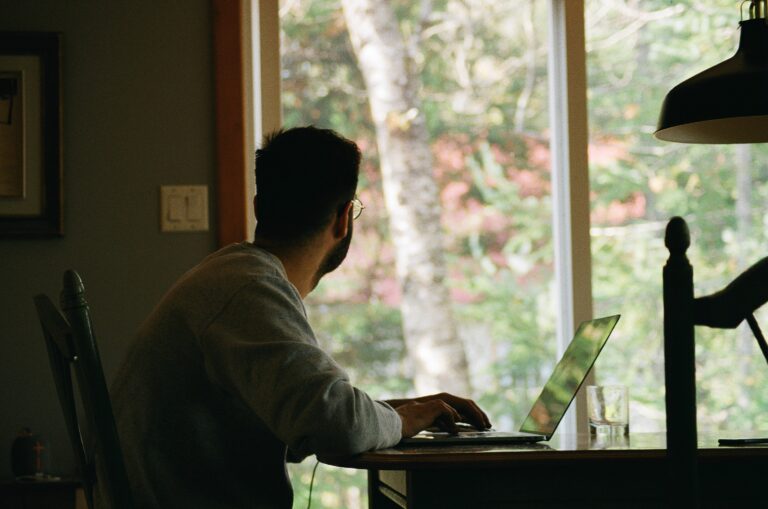More South African properties are standing vacant – but that could change in the coming months
The South African Tenant Profile Network annual report published at the end of 2020 showed that vacancies in South Africa’s residential property market were more than double those recorded at the start of that year.
The figure rose from 5% to 11% – but is slowly showing first signs of improvement.
Particularly hard hit were the two price categories that are always the first to feel the effects of a tough economic period: those homes renting below R3,000 per month and those renting above R25,000 per month.
Three main factors have impacted on the rental market
Lockdown
The first factor affecting the market was the Covid lockdown which resulted in an economic lockdown.
This caused jobs to be lost, incomes to be reduced and rentals to fall.
The government had realised that in future lockdowns jobs, as well as lives, had to be protected and this was evident in the second lockdown.
It is unlikely that we will see such drastic measures taken again—with the result that the economy and rentals will now start to show a steady improvement.
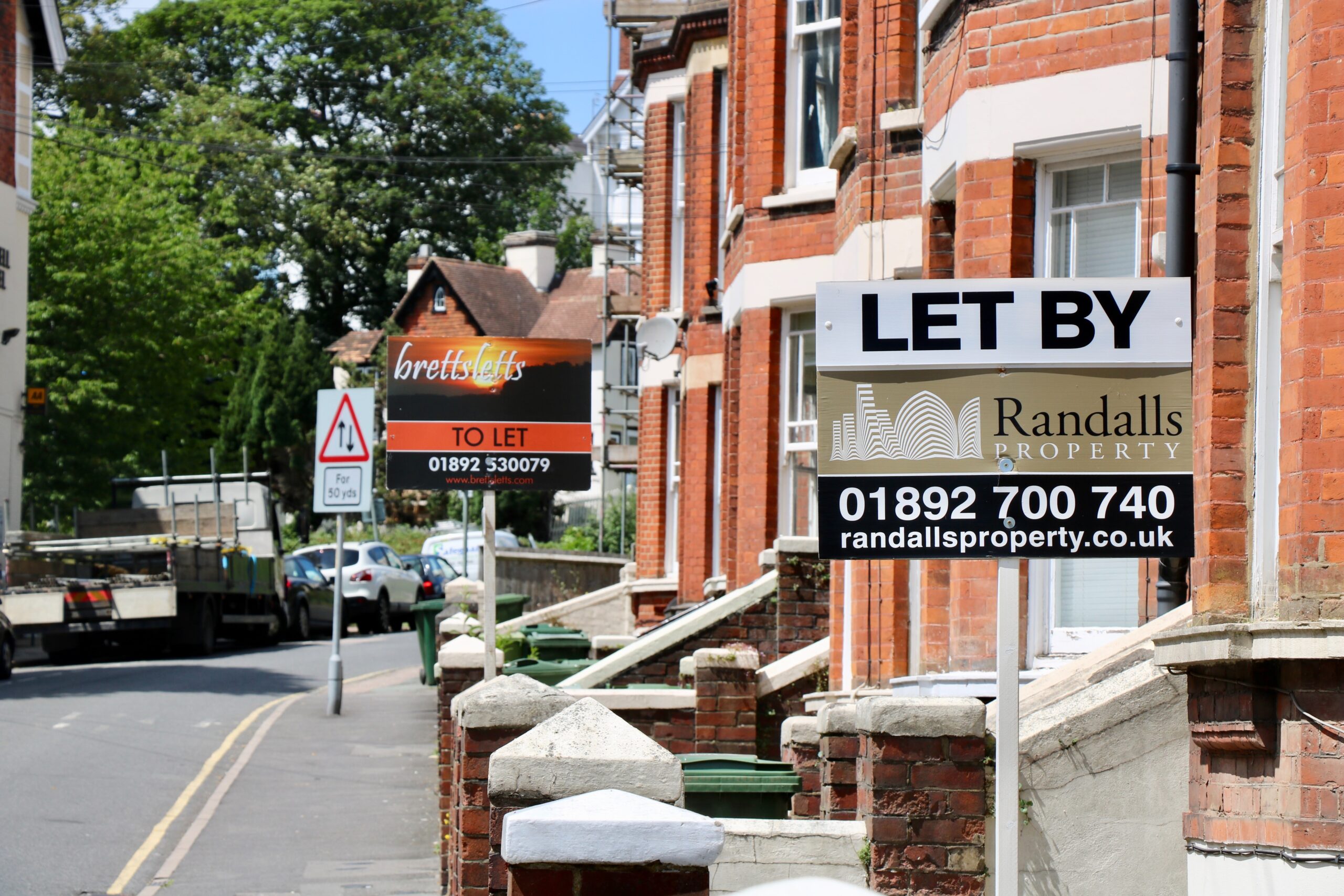
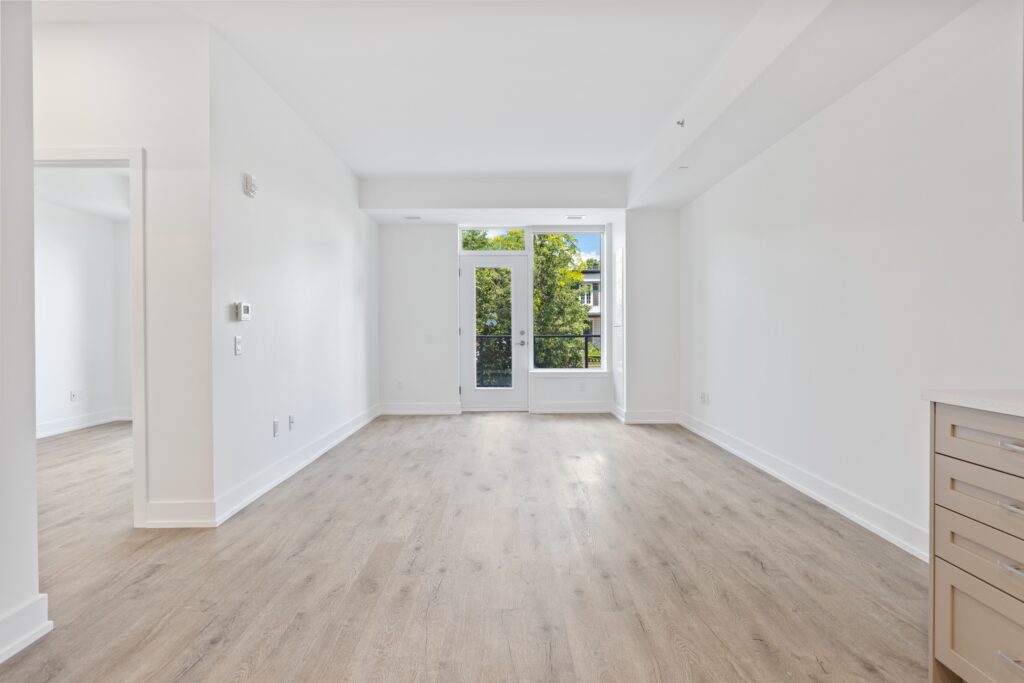
Flooded
The second major cause of the rental slump had been the flooding of the rental market by the former short-term rental sector
This was the result of the Covid-related decline in tourists not only from overseas but also from South Africa’s inland cities.
Faced by a lack of tourists, short-term landlords put their stock into the longer-term rental market, adding to the over-supply situation already brought about by the economic lockdown.
This situation will improve as the tourism industry gets back into its stride towards the end of this year.
Already there are signs that no more “dumping” of former short-term rental stock into the longer-term market will take place and it is quite possible that by 2022 many of the former short-term rentals will have reverted to their previous roles. Again, therefore, the future for the rental market as a whole looks better.
Lower interest rates
The third factor impacting on the rental market is the lower interest rates in operation for most of 2020.
In many cases the tenants’ current rentals became only a little higher or even equal to their monthly instalments on the bond that they could now get at 7% prime or even prime less 1%.
Quite rightly, therefore, many seized the chance to buy at last, leaving the landlords again with surplus stock.
But the low-interest rates, the only possible reaction to the economic downturn, will not remain in place for much longer.
As the economy improves, higher rates will return and it is even possible that some of those who are buying now will have to revert to renting—so the over-supply and rental slump situation are also temporary.
All the indicators, therefore, point to a brighter future for the rental market
They also increasingly value homes that under the present limited travel and work-from-home conditions offer them an attractive lifestyle – with parks, gardens, open spaces, walks, retail centres, wine farms and open-air bistros all nearby.

